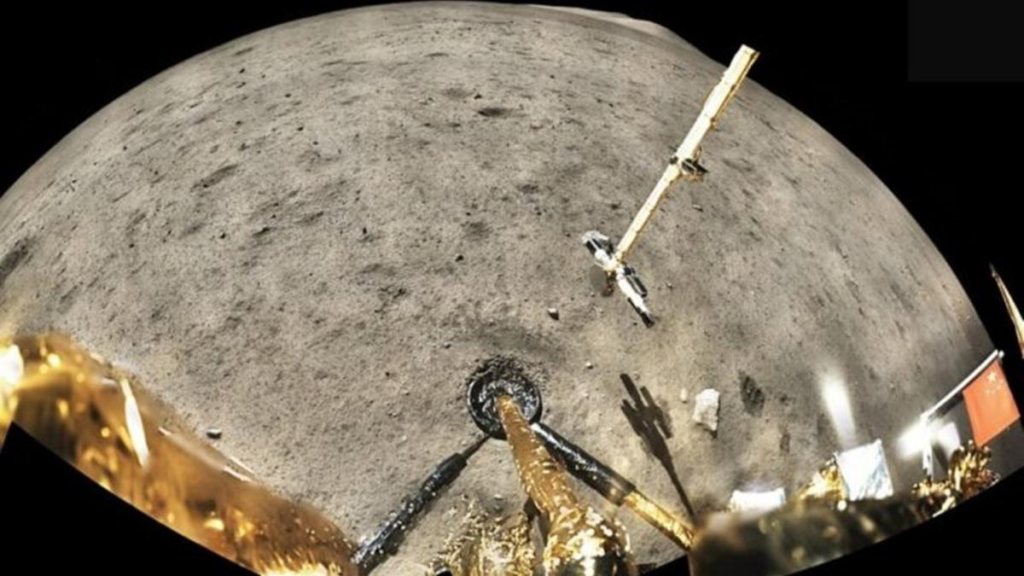After successfully returning samples from the lunar surface, China intends to send taikonauts into lunar orbit for extended missions on the lunar surface. Within the next five years, the nation plans to construct a lunar base using lunar soil.
According to reports in Chinese media, the ambitious plan will involve hundreds of scientists, engineers, and space contractors and is expected to commence within this decade. Local media reported that the details were debated at a conference in the Chinese city of Wuhan, where they discussed methods to construct infrastructure on the moon.
China’s Chang’e-5 mission in 2020 retrieved soil samples from the near side of the moon, according to state media.
To prepare the infrastructure, engineers have already designed an automaton that will create bricks from lunar soil. The automaton, dubbed ‘Chinese Super Masons,’ will be launched during China’s Chang’e-8 mission around 2028.

“Building a habitat on the moon is necessary for long-term lunar explorations and will undoubtedly be realized in the future,” Ding Lieyun, an expert from the Chinese Academy of Engineering, told Changjiang Daily, while acknowledging the difficulty of doing so in the near future.
This past weekend, Ding and dozens of specialists attended the Extraterrestrial Construction Conference at Huazhong University of Science and Technology in Wuhan.
After establishing a lunar research station, the nation has stated that its astronauts will remain on the moon for extended periods.
China and Russia have already signed an agreement to construct a research facility on the Moon, as increasing numbers of nations pursue lunar surface exploration. The stations will operate autonomously before future crewed missions become accustomed to them. As early as 2025, construction of the lunar base will commence.
Initial investigations indicate that the Amundsen crater at the South Pole is a potential location for the lunar base, although engineers remain undecided. For its return to the Moon, the US Artemis mission is also aiming for the lunar south pole.

